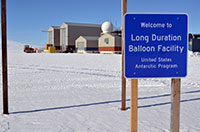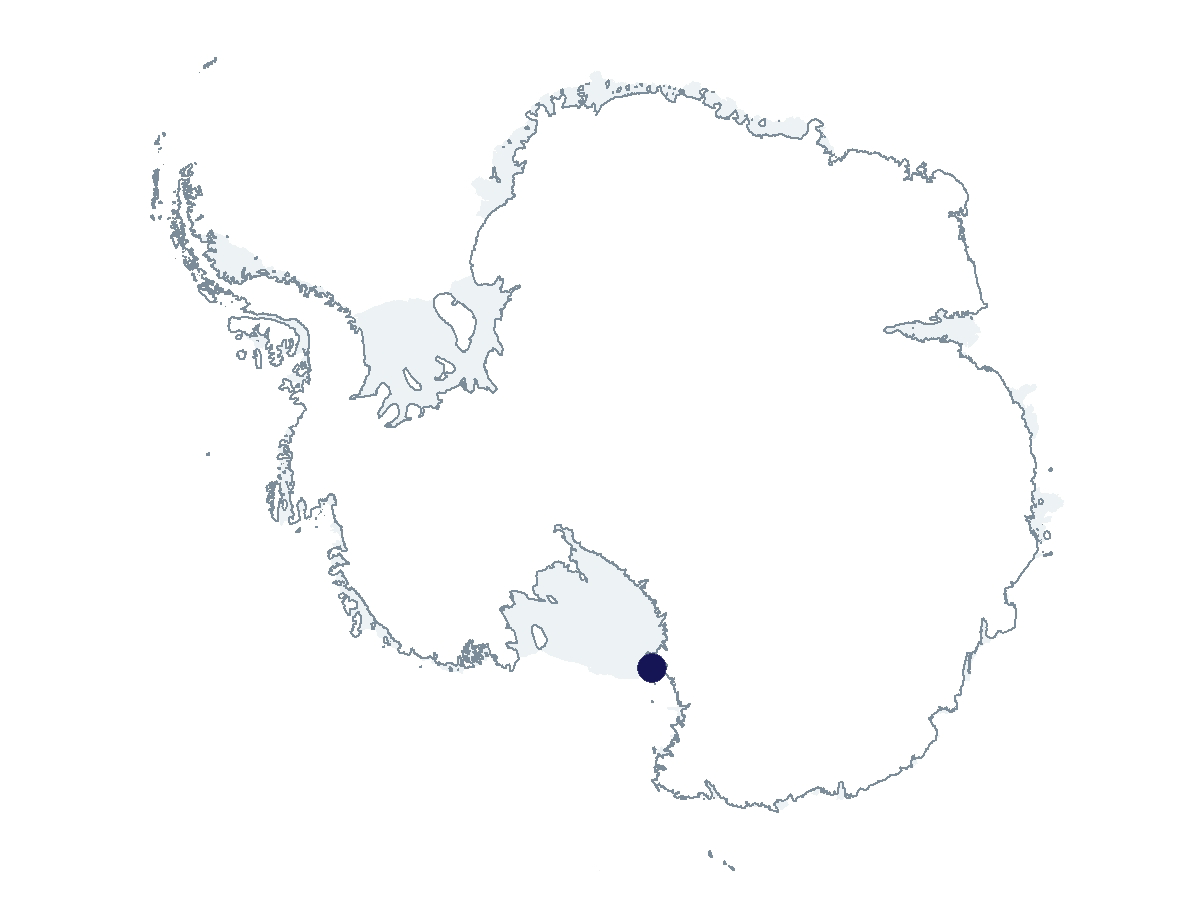2022-2023 USAP Field Season
Project Detail Project TitleAESOP-lite: Anti-Electron Sub-Orbital Payload – Low Energy Summary
Event Number:
Program Director:
ASC POC/Implementer: Principal Investigator(s)
Dr. John M Clem
Project Web Site: Location
Supporting Stations: McMurdo Station DescriptionThe AESOP-Lite scientific balloon payload competed a successful flight in the 2023-24 season and landed 611 miles grid east of the South Pole Station. Due to the late-season flight and termination combined with the complicated logistics of recovery from AESOP-Lite's remote landing site, payload recovery was deferred to a subsequent season. This season's AESOP-Lite recovery operations are subcontracted through Arctic Truck without the onsite assistance of A-148-M, the NASA Columbia Scientific Balloon Facility (CSBF), or Antarctic Support Contract (ASC) personnel. Field Season OverviewSix participants will deploy in the 2022-23 season. In preparation of the balloon flight, the AESOP-lite payload will be assembled, evaluated for functionality and calibrated. This includes the integration of CSBF's flight equipment with the payload and a final compatibility test while hanging from the launch vehicle. A 400ft^2 assembly area with an 1/2 ton overhead lift is needed to perform these operations including 5 x 120V 60Hz power outlets with a peak current 10amps for each outlet. Also internet service is necessary to communicate with Operation Control Center at CSBF. We request three static IPs. One of the detectors in the instrument, a Gas Cherenkov detector, uses C3F8 gas and may require refilling before flight. Consequently 10lbs of C3F8 is required in the field. In order to re-validate the flight O-ring and feed-thru gasket integrity, on the ground, the instrument flight shell is pressurize with Nitrogen gas to 14.7 psi over ambient over 48 hours. This procedure simulates the pressure differential expected at float. This test takes place in an empty Sea-container. Therefore, T-size bottom of Nitrogen is needed. AESOP-lite's goal is to be ready to launch early-December on a 60 million cubic foot balloon platform. Desired float altitude is 155k-feet. Duration goal is 80 hours at desired height or one full circumpolar rotation. Deploying Team Members
|
2022-2023 Science Planning Summary



For USAP Participants |
For The Public |
For Researchers and EducatorsContact UsU.S. National Science FoundationOffice of Polar Programs Geosciences Directorate 2415 Eisenhower Avenue, Suite W7100 Alexandria, VA 22314 Sign up for the NSF Office of Polar Programs newsletter and events. Feedback Form |



